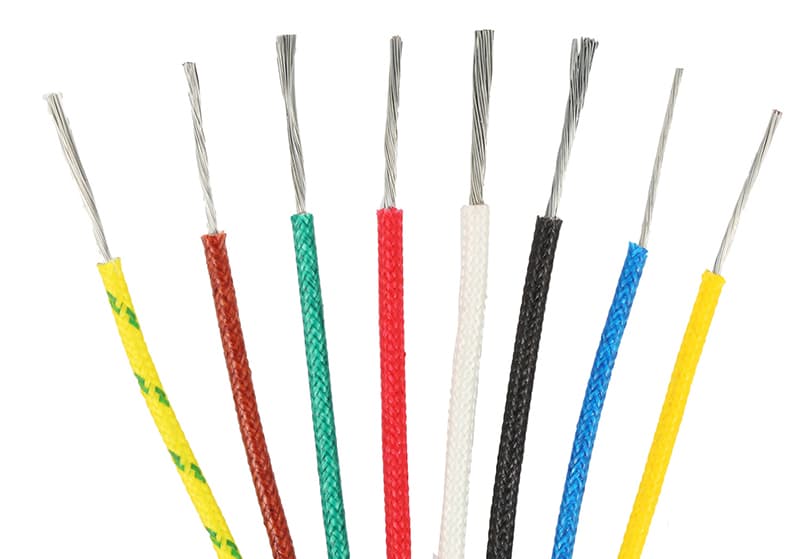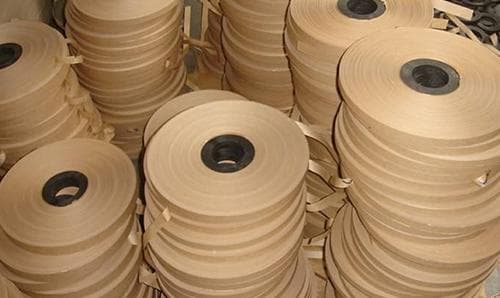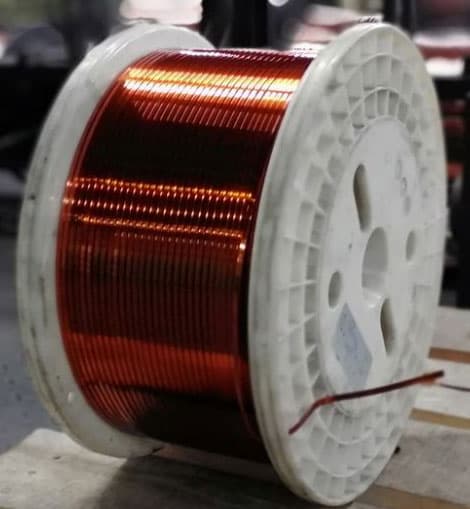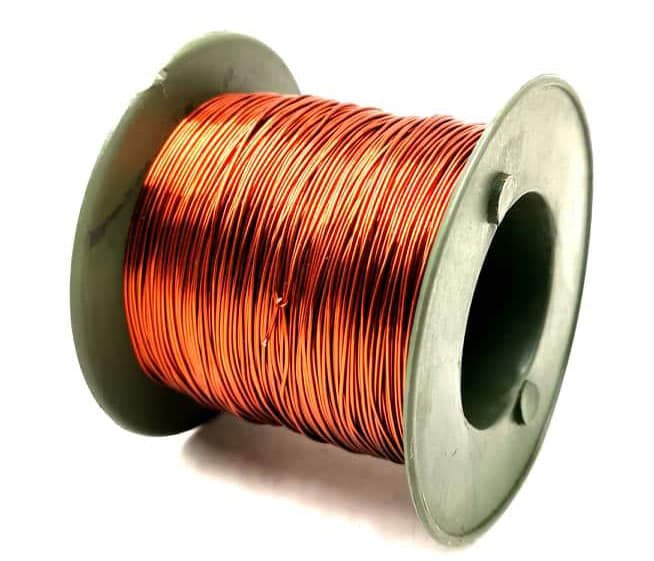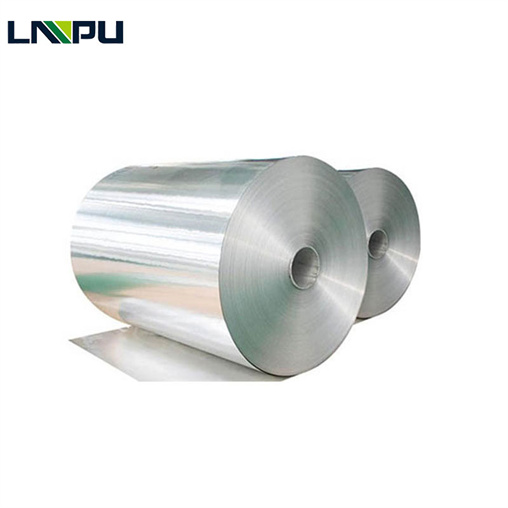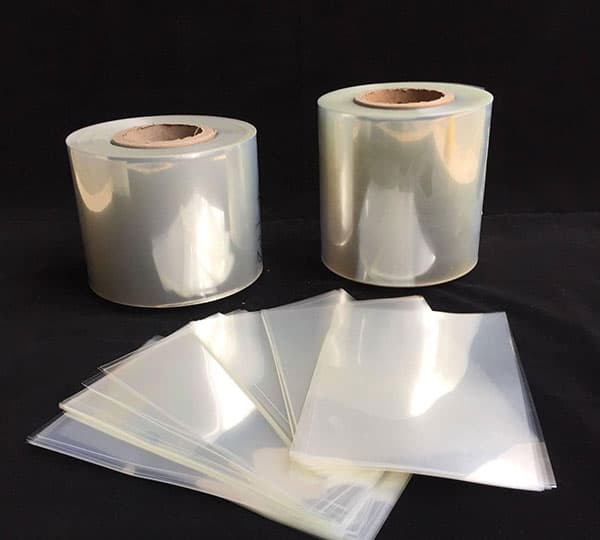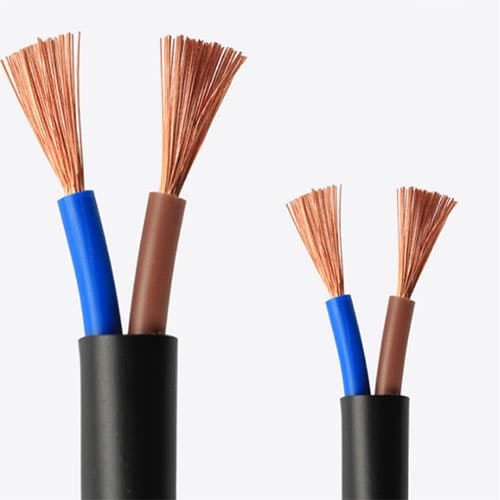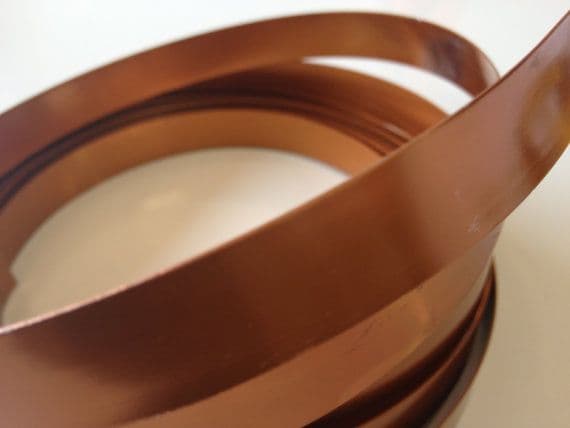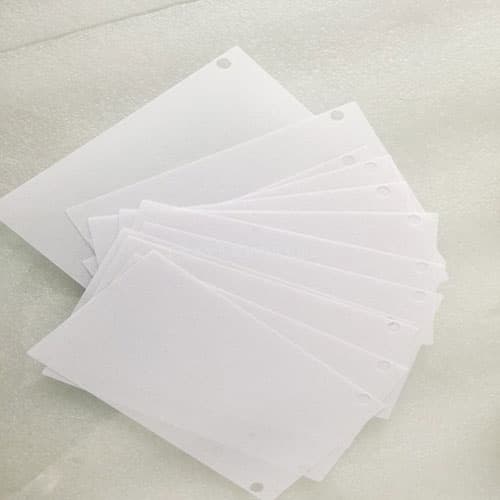Signal Transmission through a Fiber Glass Wire
Fiber Glass Wire also known as fiberglass insulated wire, also can be divided into different field, fiber glass wire is capable of carrying signal to much longer distances unlike copper wires and this transmission occurs at a very high speed.
Fiber optics is perhaps one of the most technologically advanced methods currently being made use of. It employs fiber glass wires. These glass wires are also known as fiber optic cables. These are strands of glass cladded by some other material and work to transmit light from one end to the other. The light carries the digital signals. This communication takes place at a much higher rate. The fiber glass wires have made metallic wires almost redundant because of the fact that they can transmit light without significant losses. The cables are also unique in the sense that they have immunity to electromagnetic interferences. A fiber glass wire is thus far more secure and reliable. These wires mostly operate in a high voltage environment.
The fiber glass wire is capable of carrying signal to much longer distances unlike copper wires and this transmission occurs at a very high speed.
How does transmission of information occur via fiber glass wire?
One may naturally be curious about knowing how the transmission of information takes place over the glass wires. Before transmission the signals are converted into a digital form i.e. into pulses of light. These pulses are sent via the fiber glass wire. The fiber glass transmits it to the other end. The pulses are converted back into electrical signals at the receiver end. The signals can be carrying data for telephones, television, computers or anything.
Since the data transmission takes place as pulses of light, so the transmission occurs at a relatively faster pace. Also the protective covering on the wire i.e. cladding prevent electromagnetic interference. One very interesting thing to note about transmission of signals via fiber glass wire is that, it can carry signals of different wavelengths at the same time. These light signals of different wavelength do not interfere with each other during the transmission.
Using fiber glass has one more advantage that the signal does not degrade unlike copper wires, where the signals degrade with distance. Also resistance and interference causes the signal to degrade. Hence after every few meters there must be a repeater which can read the signal and transmit it again at its full strength. In case of fiber glass wires only a few repeaters are needed. This is probably the reason why fiber wires are not only easier to install but are cheaper also. The infrastructure can be kept simple at the same time. Using a lot of repeaters implies less processing speed.
Because one fiber glass wire can carry a lot of data at one time, therefore it can replace dozens of expensive and heavier cables. The lesser cost and smaller size means that high speed connections can be made a lot easily.
Applications:
- With this technology, high speed internet access has become possible.
- Another application where fiber glass wires are used is high definition televisions. Fiber glass wires allow high definition audio and picture quality.
- These wires also find use in cellular phones apart from television. In the cellular phone arena, these fiber glass wires provide connections at a much higher speed.

